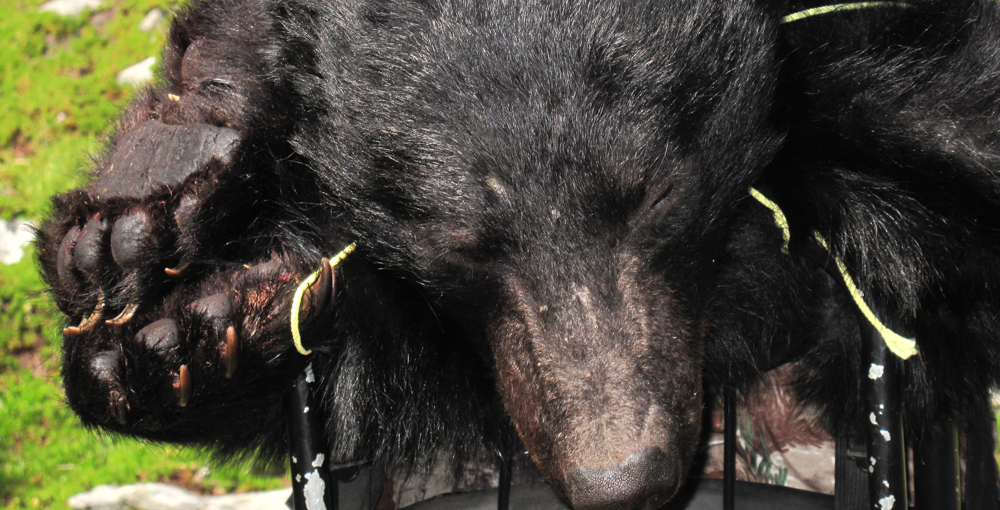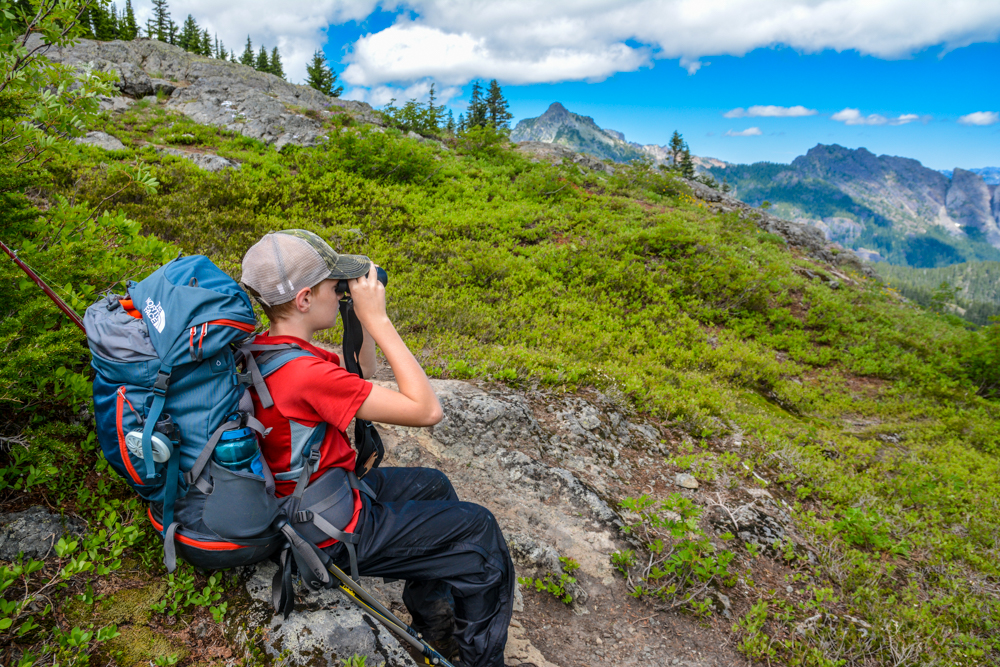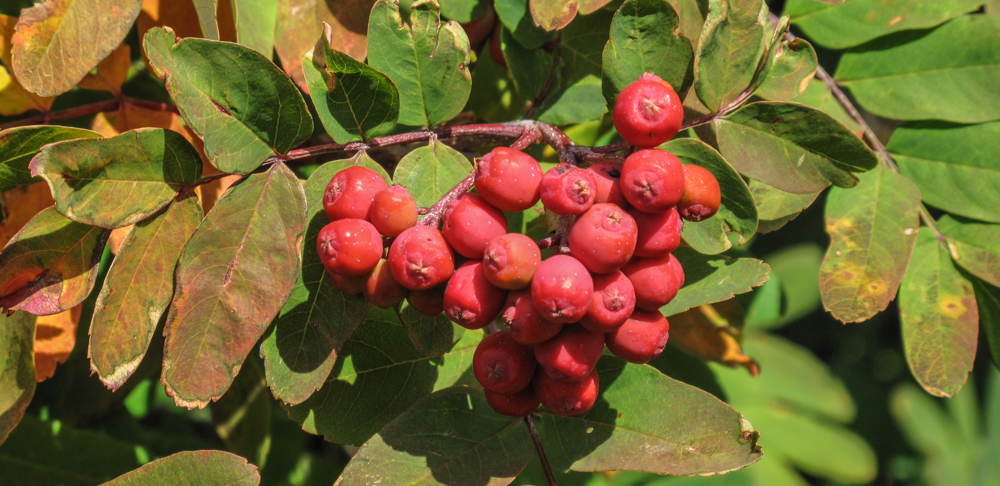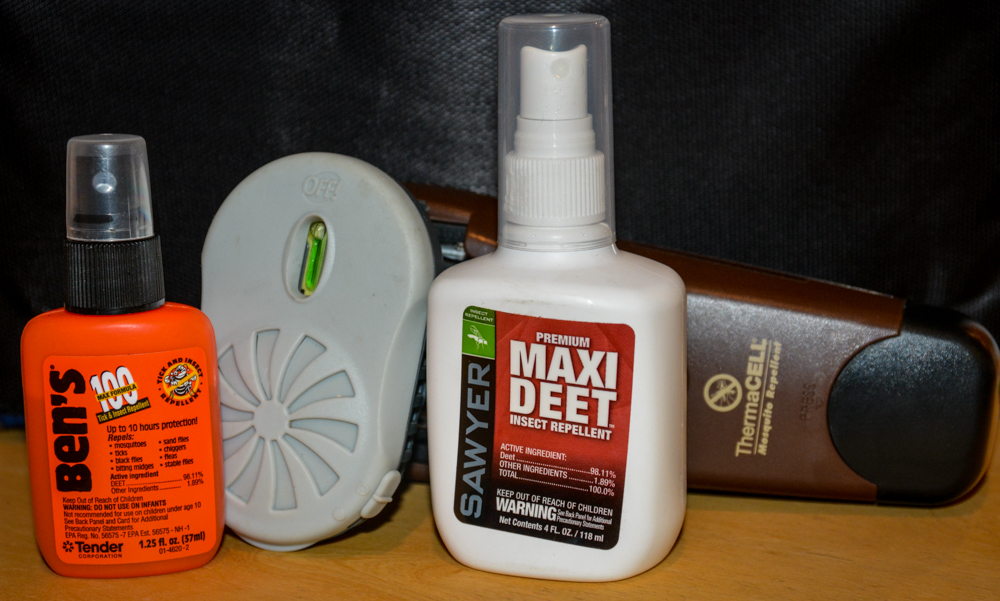Scout Now for Fall Bear Season Leave a reply
by Jason Brooks
Fall bear season is just a few weeks away and that means it is time to start scouting. Late July and early August provides enough daylight, warm weather, and opportunities to locate your bear now so when the season opens you are ready. Here are a few tips on locating the best bear areas now to be successful this fall.
#1. Glass for bears, habitat, and terrain.
When scouting don’t just sit and look for animals. In July and early August, you might not find game out feeding. The lack of seeing game doesn’t mean bears aren’t there, it just means that bears aren’t there right now. Especially if the berries and other food sources are not ripe. Also keep in mind that the daylight is still strong, the temperatures warm, and thermal winds kick up earlier. Instead look for plants, other food sources, benches, hiking routes, stalking routes and camping spots. The idea of scouting isn’t just about finding game but also learning the lay of the land. A good pair of binoculars and a spotting scope are a must. Lightweight and compact models such as the Vortex Vanquish are perfect for scouting trips.
#2. Bears like berries.
As the alpine snow finally melts off you will notice the blooming wildflowers starting to wilt. This is because most of those flowers are blossoms to the many wild berry patches that grow in Washington. Learn how to identify the plants from afar and you will locate the bears much easier. Broadleaf plants, such as thimbleberries, blackberries, and wild raspberries ripen first. Concentrate on avalanche chutes and open slopes were you locate these plants. Mountain ash is a small tree or large bush and bears love the berries they yield. You can spot an ash tree from a long distance away and bears will shake them, rip them down, and pull them over when their fruit is ripe. Oftentimes I locate bears simply by watching the brush and see if it starts to move or shake.
#3. Be bug prepared.
Hiking in July and August is primetime for biting bugs. Especially in the high country where ground heather, moss, and tarns are still saturated with water. Mosquitos can ruin a day of scouting. Biting black flies are even worse. Use a quality repellent with DEET. If you don’t like using chemicals then a good head net, bug resistant clothing, and a Thermacell are a must, especially when sitting and glassing.
With the long summer days, and clear skies now is the time to get into the mountains and start looking for bears and their habitat. Learn the food sources in your hunting area. As fall approaches bears will go into a constant feeding mode and you will find them out eating all throughout the day. For now, just locating where the food is, how to get there, and a place to set up camp will help you fill your tag when the season opens.
Jason Brooks
The Outdoor Line Blogger





